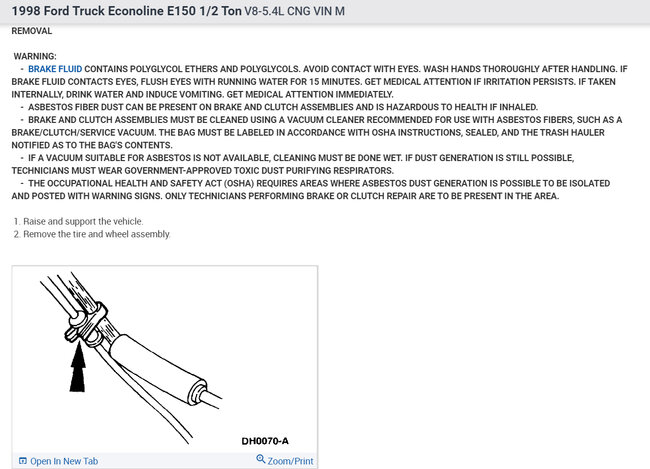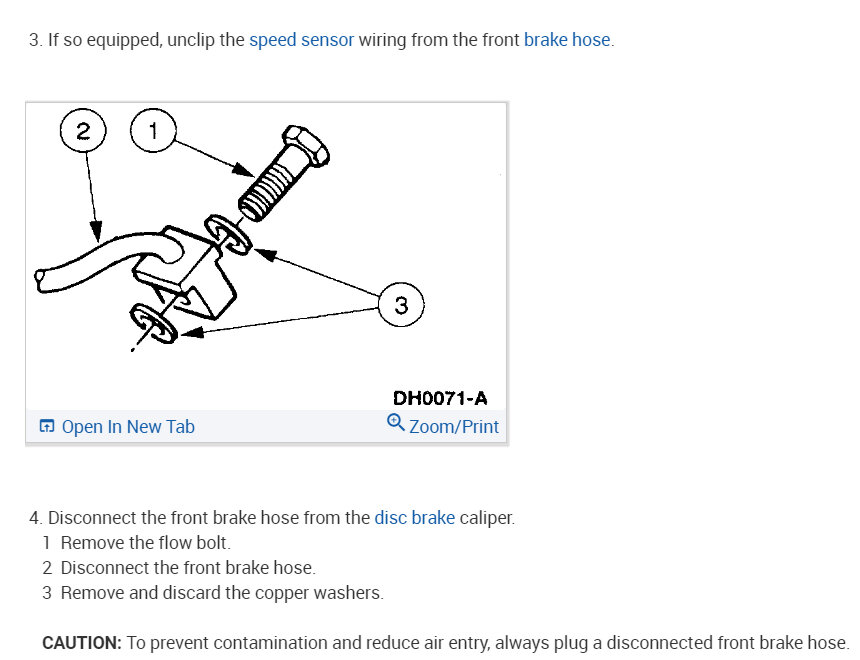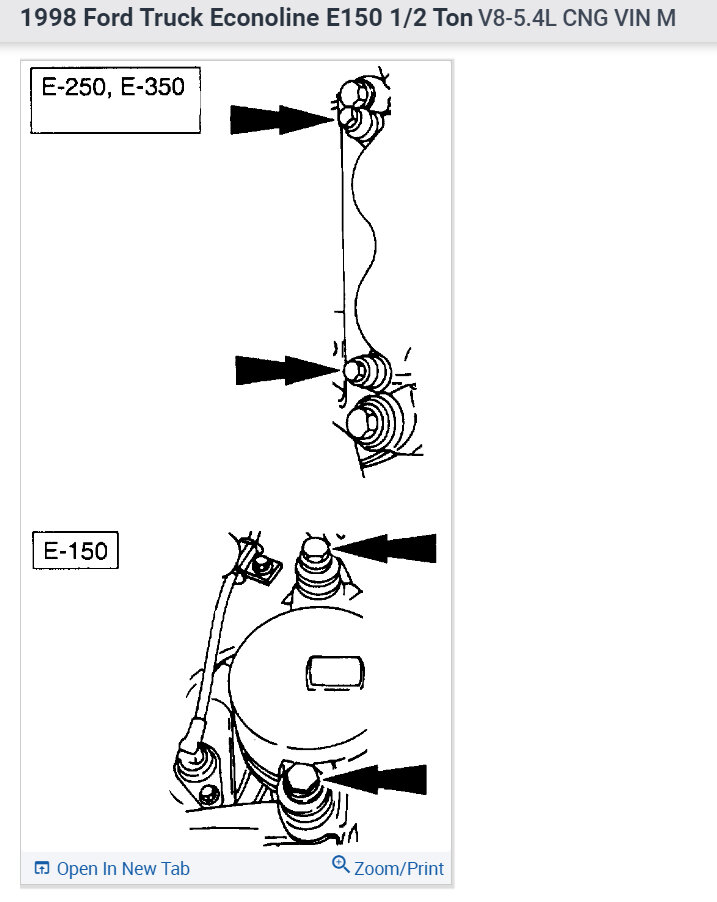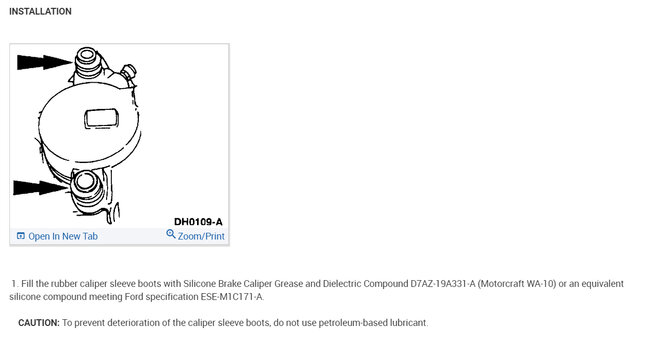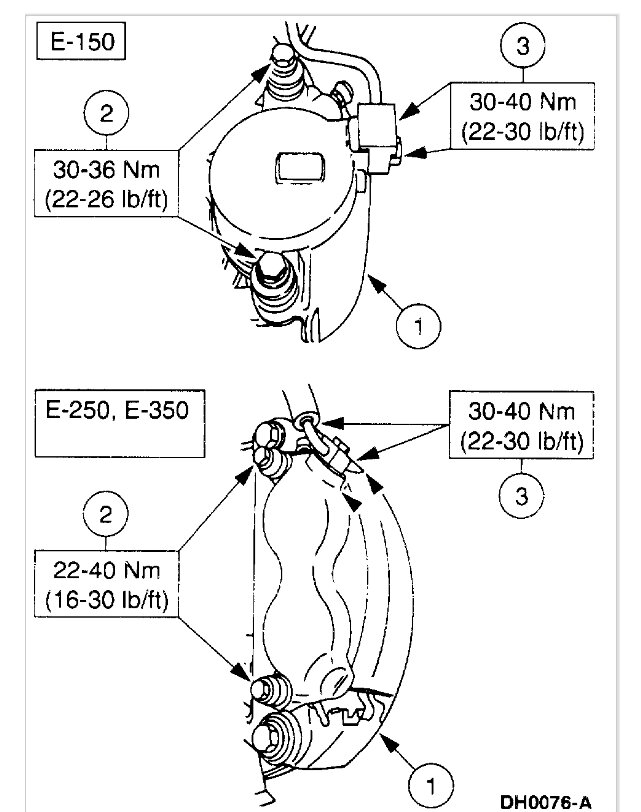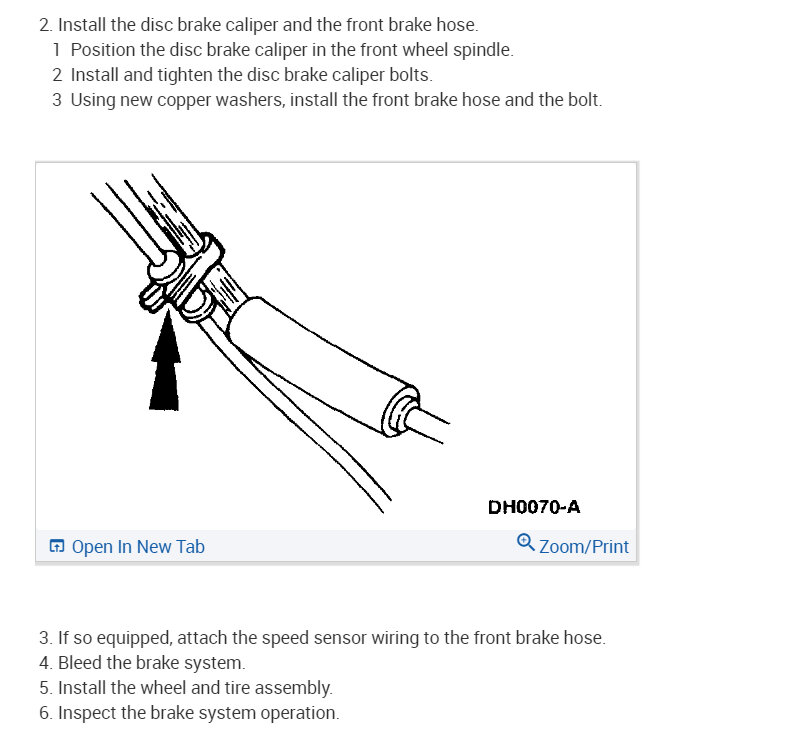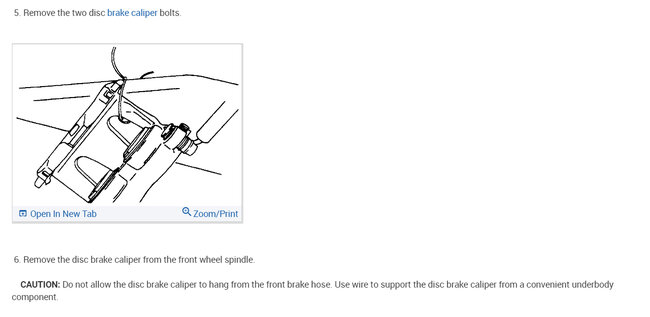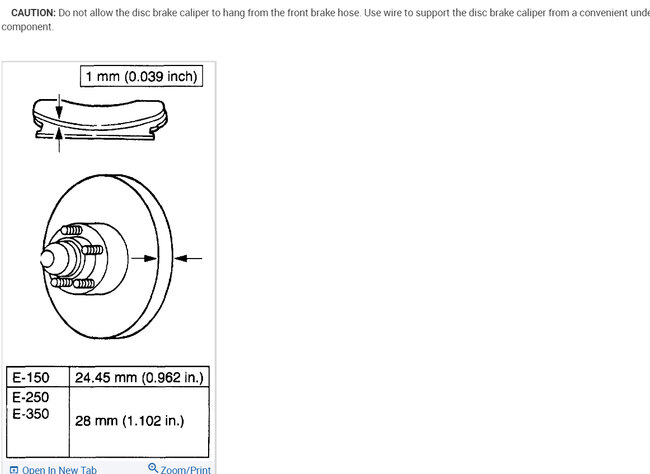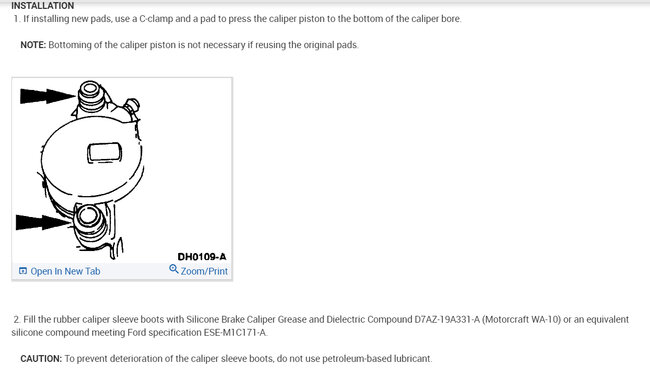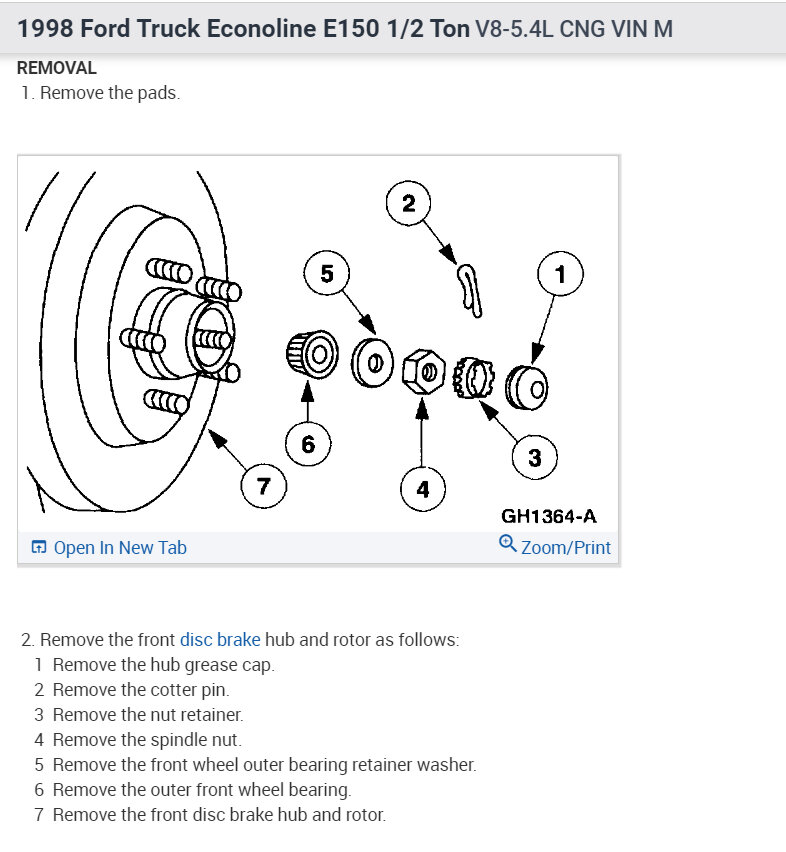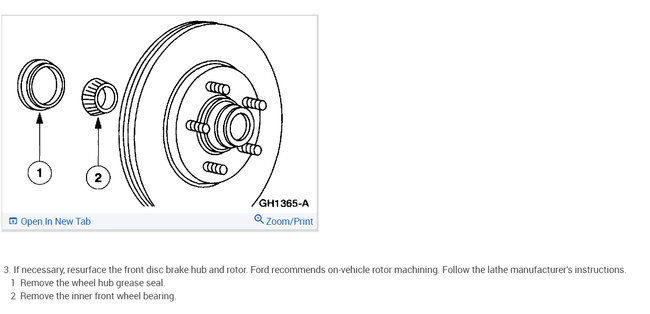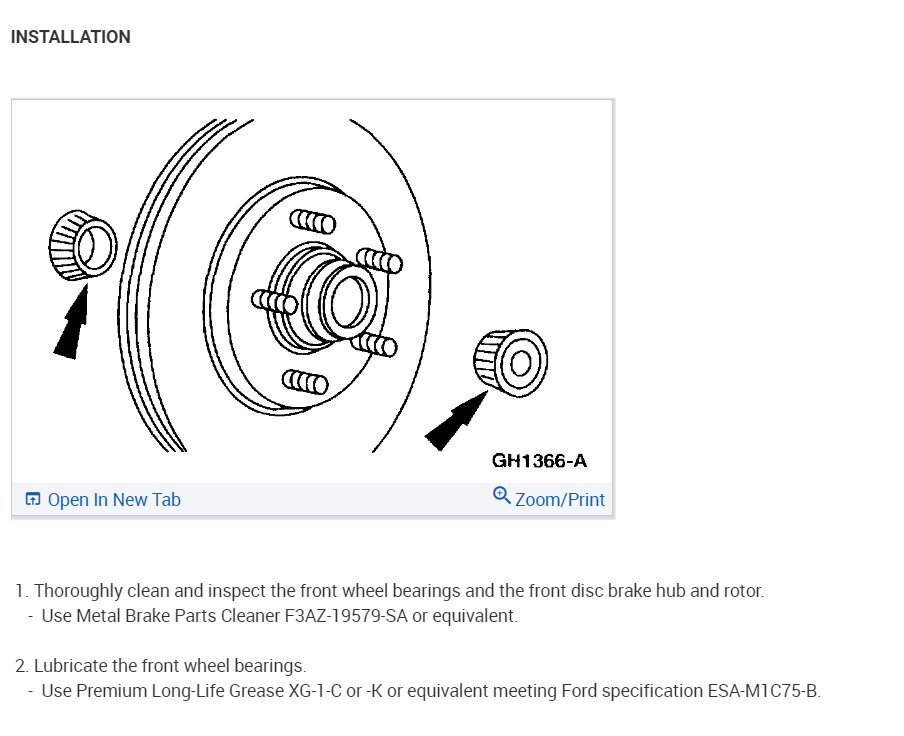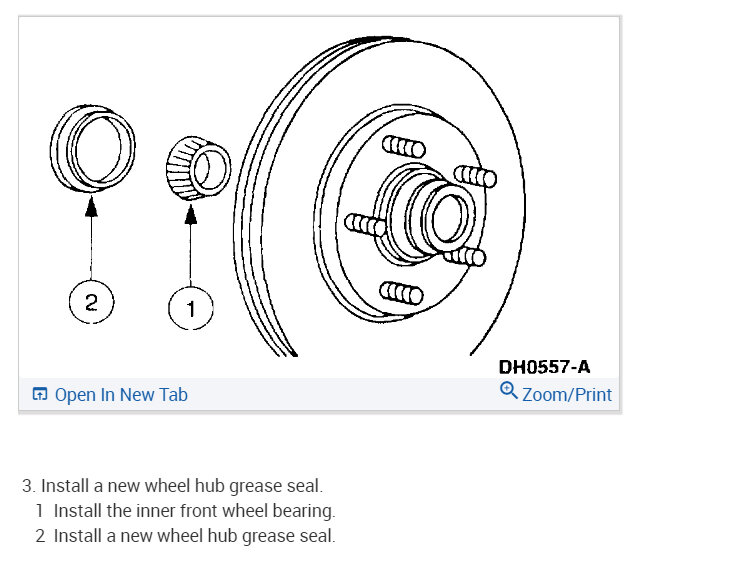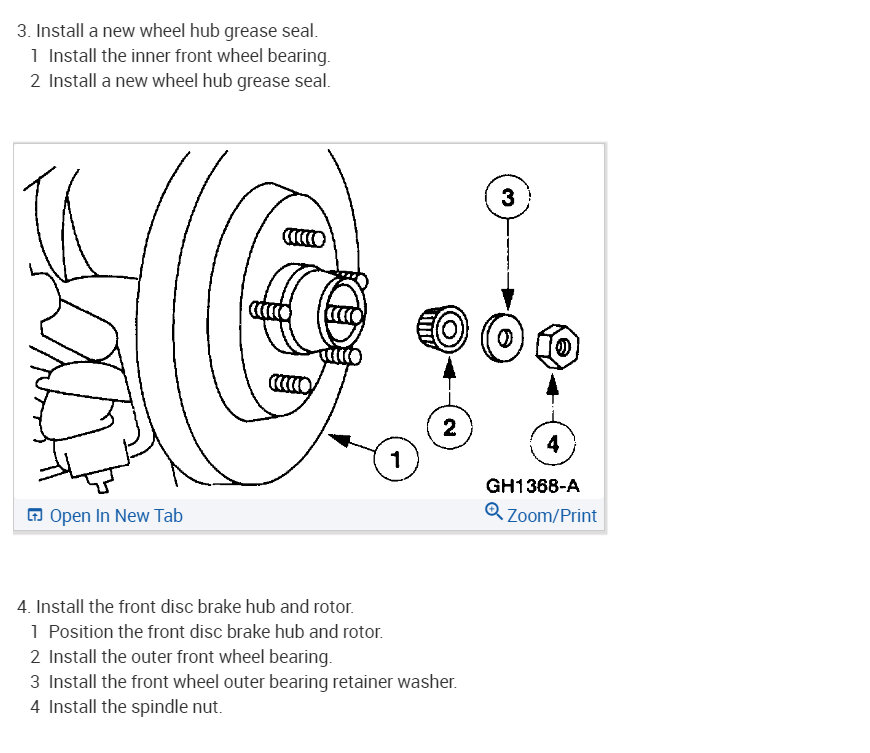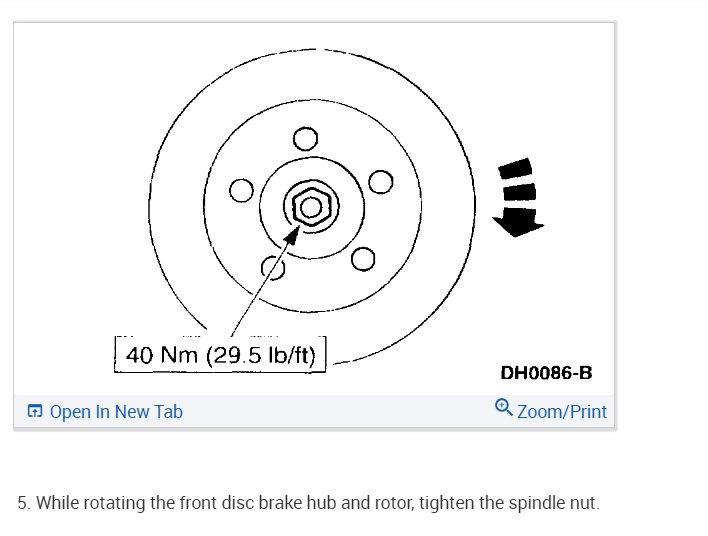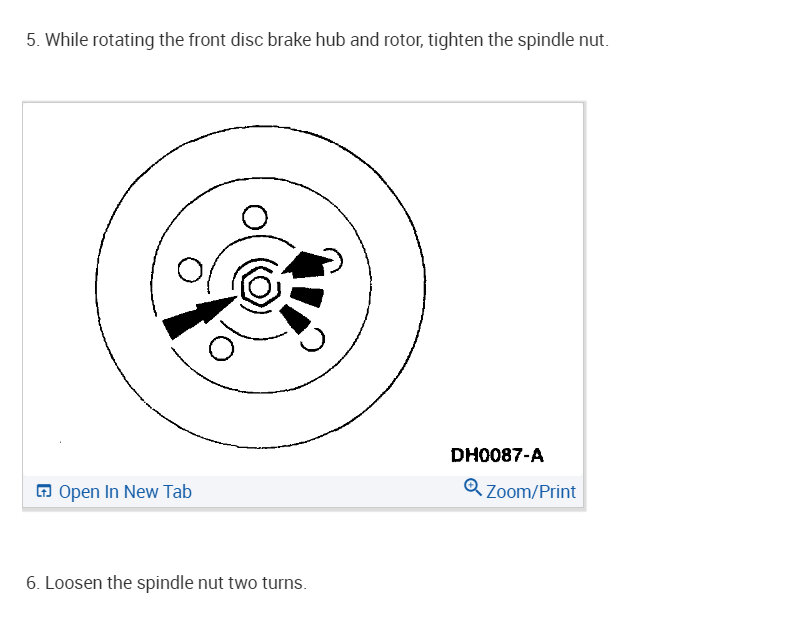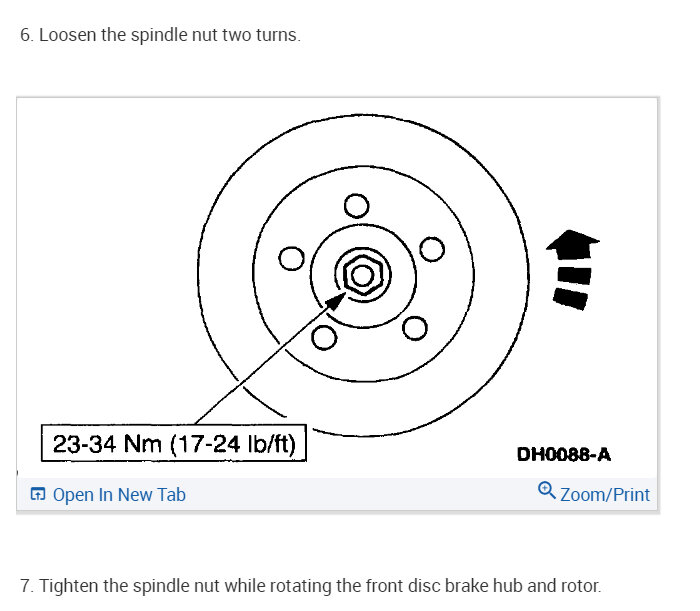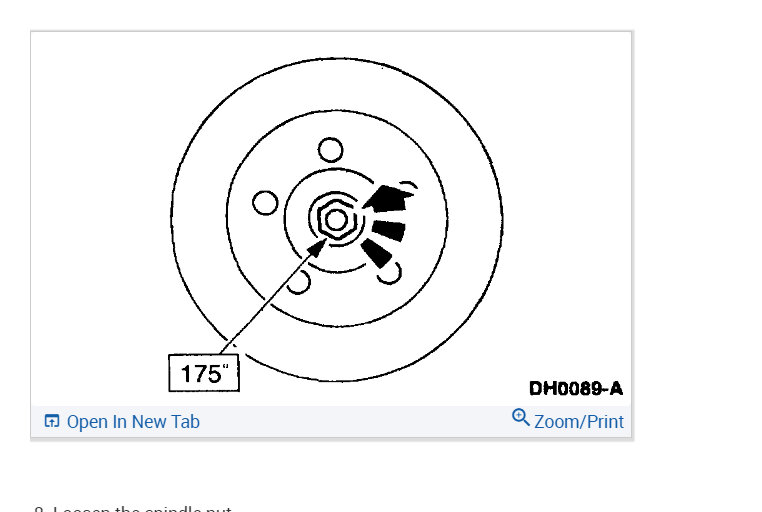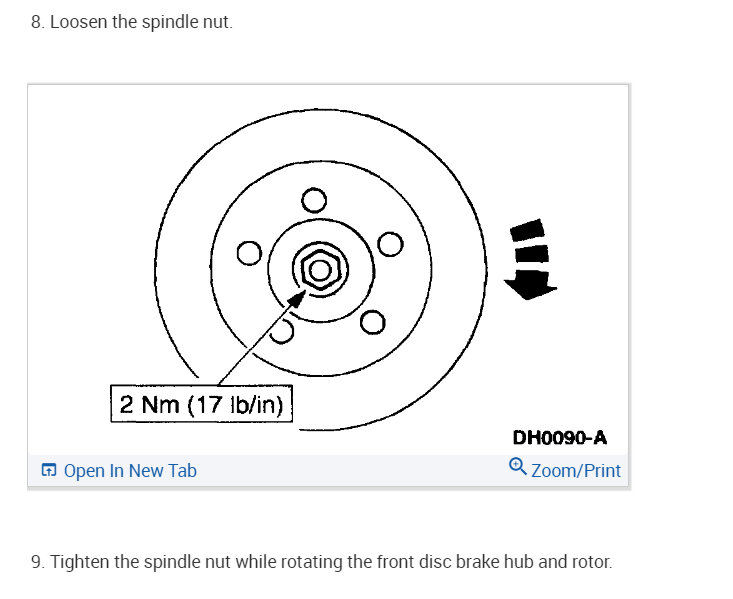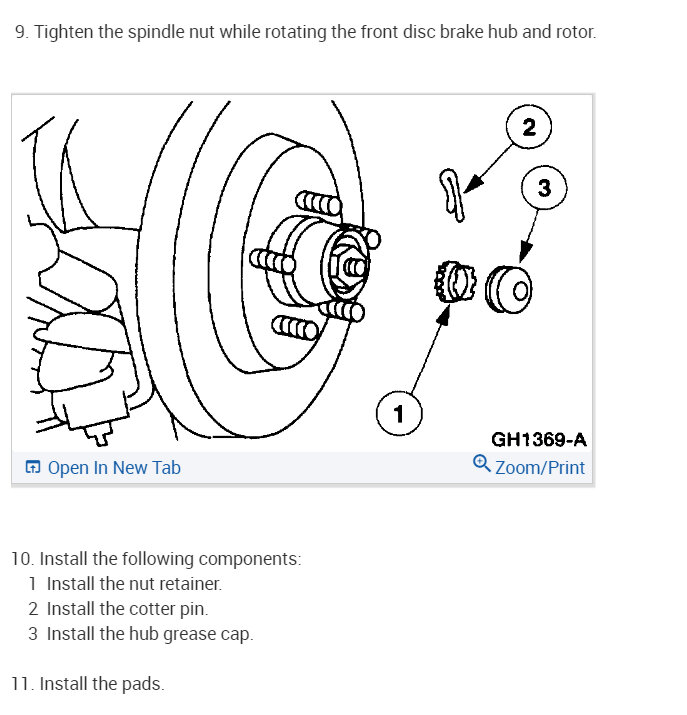1. Procedure for the front and rear brakes job.
2. All torque specs for the job, including, but without limitation to, the banjo bolt that holds the brake hose to caliper (front brake), caliper bolts, and caliper bracket bolts.
3. Brake bleeding procedure (i know how to bleed brakes but not familiar with the 4wabs unit. I read on older years that ford has a special tool that holds the 4wabs unit open during the bleeding procedure. I'd like to know the location of the 4wabs unit and whether the ABS can be bled with a scanner that does "abs bleeding" but without this Ford tool)
4. Could you also send a picture of what the 4WABS unit looks like?
Thank you.
Saturday, June 24th, 2023 AT 3:59 PM
